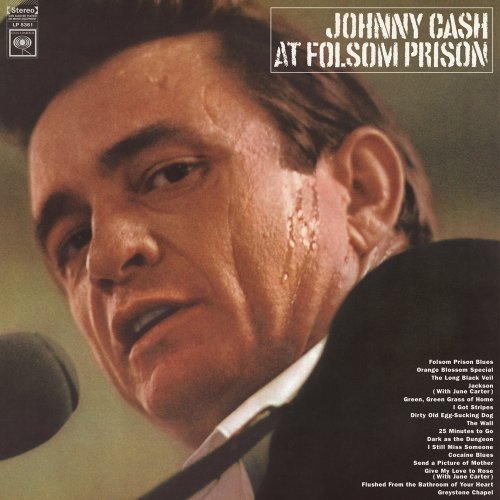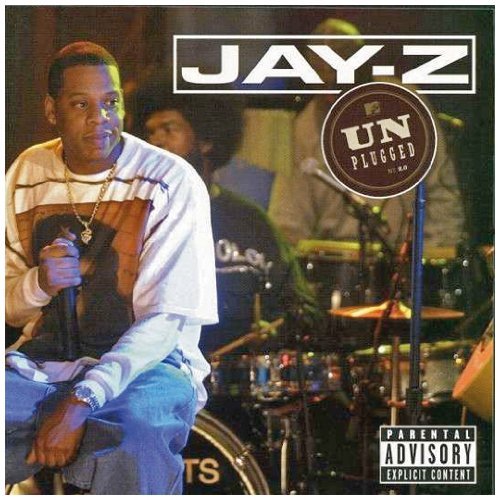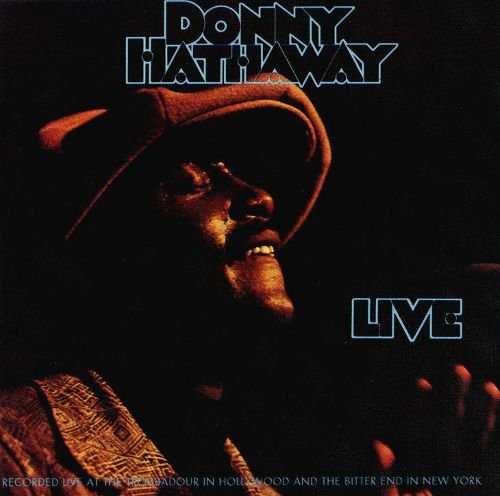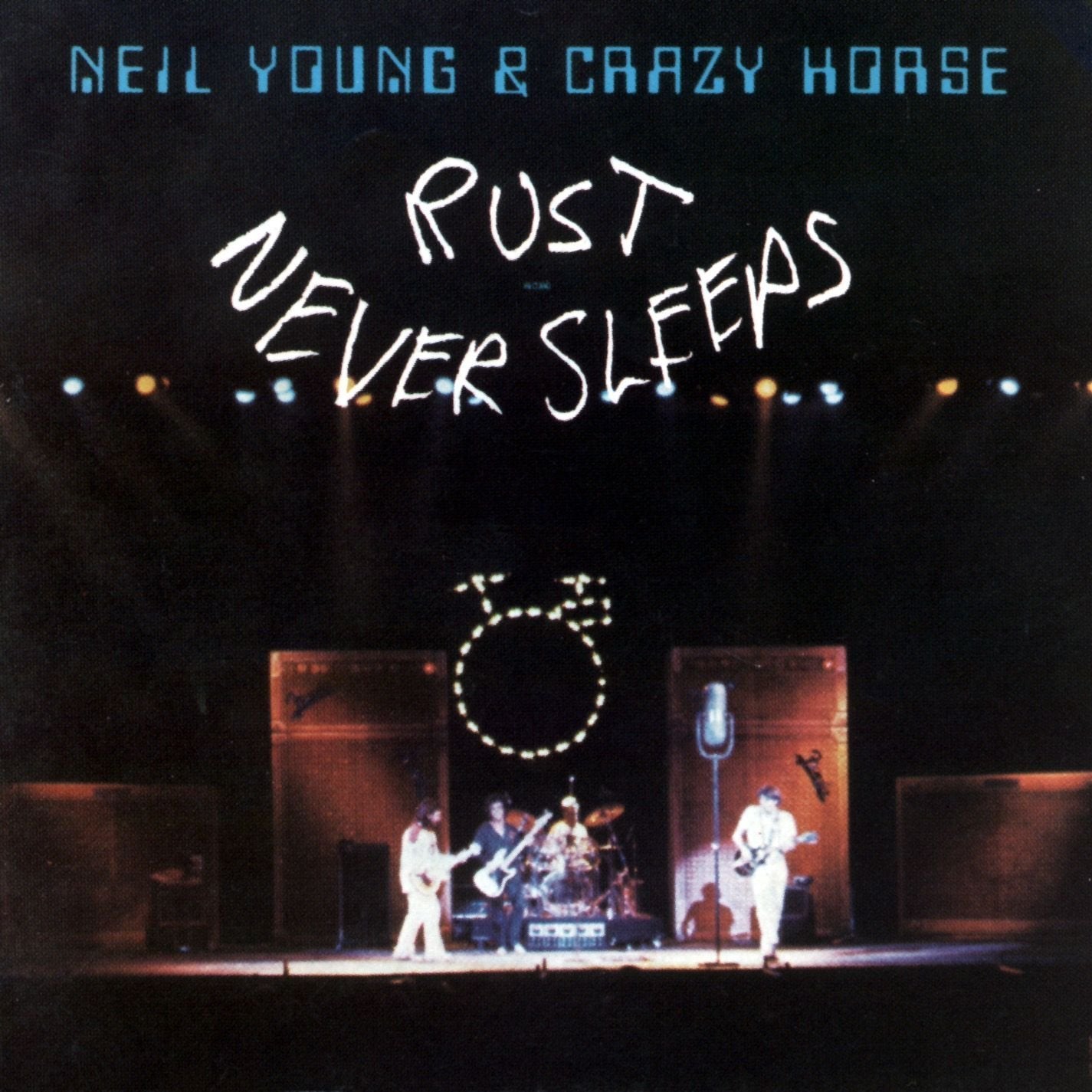作为表演者,音乐家在舞台上被迫以不同的方式开放,而不是在录音室录制时。在舞台上,事情会出错并必须继续;在录音室,艺术家可以回头。作为粉丝,我们希望在音乐会上既有熟悉感又有独特性,这是一种短暂地停留在我们喜爱的歌曲的现场版本的机会。我们可以仔细分析和研究一段录音,但音乐会是无法暂停的。正因如此,现场专辑是具有风险的冒险作品,但在最佳状态下,它们不仅捕捉了原创录音的本质,还将熟悉的旋律推向新的领域。
考虑到这一切,我们整理了一份十张必备现场专辑的名单,以供您在黑胶上拥有。

##Johnny Cash: Johnny Cash At Folsom Prison “你好,我是Johnny Cash,”这位时年35岁的乡村明星在1968年1月的一个日子里,向一群囚犯说道。Cash在加州福尔森州立监狱为囚犯演出了两场演出。结果录音的现场专辑Johnny Cash At Folsom Prison,在同年发布,成为了这位歌手职业生涯的一个转折点,最终跻身热门榜单,并为Cash自己的CBS综艺节目铺平了道路。 表演本身分为早晨和早午的两场几乎连续录制,Cash与囚犯们亲近,演唱了一系列与现场相关和反叛的歌曲。他在欢快地唱着一名死囚生命最后25分钟的歌曲时,发出一声“没有人问我感觉如何”,让人感受到深刻的年代和环境之间的冲突。梅尔·特拉维斯(Merle Travis)致敬煤矿工人危险的歌曲在这一群服刑男性中找到了一个合适的第二人生。 在第二首歌“Dark As the Dungeon”中,Cash对一个在录制期间大声笑的囚犯发出了警告:“请在歌唱时不要笑,”他说一边笑着,“你难道不知道这正在录音吗?”这正是能够让现场专辑变得如此珍贵的瞬间,小小的表演失误和意外如中断的笑声不仅带来了特定的独特体验,更能在想象中引发更多联想。

##Bob Dylan: The Bootleg Series, Vol. 4: The “Royal Albert Hall” Concert 鲍勃·迪伦在1966年5月17日于英格兰自由贸易大厅的表演是最著名的盗版录音之一,当然也是这位民谣偶像最臭名昭著的表演之一。这场表演在1990年代后期才作为正式专辑发布,此前曾进行数十年的黑市交易,虽然与迪伦在1965年新港民谣节的表演相比稍显阴影,但二者却浑然一体。 在两场演出中,迪伦以一场原声乐曲打动了观众,然后才引入他的新电声风格。(这种表演上的分裂反映了这位词曲作家1965年专辑Bringing It All Back Home的混合风格。)在新港,人们对他表示嘘声,而在自由贸易大厅,有人喊道“犹大!”在Vol. 4中,你可以听到这些,不止是对嘘声的直接反应,还有对迪伦新方向的迫切性。“把它演奏得大声一点!”这位词曲作家在他们演唱最后一首“Like a Rolling Stone”之前指挥他的乐队。如果没有录音,这也许仅仅是民间传说,而有了它,这一时刻变得历史无限。

##Jay Z: Unplugged 在一个以现场表演为基础的音乐界,优秀的现场说唱专辑寥寥无几。最好的现场嘻哈录音并非商业活动,而是文化早期阶段的街区派对和俱乐部录音,真实的老学校文献,而不是炫耀的演出。 商业性的现场说唱专辑表现得并不算好,但选择不多。Jay Z的Unplugged是在他从名字和商业生活中去掉一部分之前发行的,也许是嘻哈界最优秀的。The Roots在两年前发布了令人钦佩的现场表演,两年后的2001年,在许多美国人观看乐队在The Tonight Show上演出时,可能费城的乐队在2001年被Jigga和MTV引导得从未如此出色。Unplugged之所以如此出色,是因为它将Jay Z的热门单曲转化成小型演唱会的即兴演出,而2001年录制现场的女性粉丝们似乎能背出Jay每首歌的每一个字。 “Song Cry”是适合亲密咖啡馆风格演出的低垂果实,但Jay并不是不接受似乎无法与乐队配合的曲目。“Can I Get A...”,一首帮助推动1998年动作喜剧片Rush Hour的曲子,在Unplugged中得到了合适而又生动的编排,并意外转变为“Hard Knock Life”。Jay的说唱有时几乎气喘吁吁,但他保持着节奏。虽然演出后被悄悄收录了一些天才乐器演奏者的名字,玛丽·J·布里奇和法瑞尔在演出结束时的精彩出场也让人惊叹。

##Donny Hathaway: Live Live是Donny Hathaway在他生活期间录制并发行的两张现场专辑中的第一张,它以演出的方式清晰地展现了这位歌手的非凡才华:他的声音在音乐会上是不可思议的顺滑,钢琴演奏充满了游刃有余的即兴演奏。他是一位谦虚的表演者。这张专辑分为两个部分,并在不同海岸录制,A面载有1971年在好莱坞的表演,B面则是在同一周稍晚些时候在纽约录制的演出。尽管曲目单中包含了一些Hathaway最受欢迎的歌曲——“The Ghetto”被扩展为一个漫游的、充满动感的即兴演奏,而“Little Ghetto Boy”首次出现在这里,随后于次年正式发行——但吸引注意的是翻唱歌曲。在开场时,Hathaway与一支令人印象深刻的乐队一起演绎了马文·盖伊(Marvin Gaye)的“What’s Going On”,然后又以卡罗尔·金(Carole King)的“You’ve Got A Friend”让观众陶醉。而在B面中的约翰·列侬(John Lennon)“Jealous Guy”的翻唱则是这一曲目单的重要组成部分,展现了完美的瞬间之美。

##John Coltrane: Live At the Village Vanguard 1961年11月在维村先锋的四晚演出产生了约翰·科尔特兰最佳现场作品中的一些。从这几场演出中有五首曲目被分开放在两个专辑中,其中三首首次以Live At the Village Vanguard发布,然后两首稍后放入科尔特兰更具活力的1963年专辑Impressions中。(到1997年,这些演出的完整集合终于作为The Complete 1961 Village Vanguard Recordings发布。)最初的发布是第一张包含科尔特兰经典四重奏的重要录音,这个乐队大约在1964年几年后录制了专辑A Love Supreme。埃里克·道尔菲在长达近14分钟的“Spiritual”中留下了令人难以置信的身影,接下来的整个B面则专门献给了“Chasin’ The Trane”的狡猾布鲁斯。Live At the Village Vanguard作为爵士乐伟大现场专辑之一自成一体,而完整的演出则将相同曲目的不同表演聚集在一起,表现出每张现场录音都是独一无二且特殊的。

##Neil Young & Crazy Horse: Rust Never Sleeps 到1979年,Neil Young已经经历了繁忙的音乐生涯:有巴法罗·斯普林菲尔德的专辑、他的个人音乐生涯和传奇乐队Crazy Horse的形成。经过十年的疲惫以及十五年的职业生涯,Young在Rust Never Sleeps的开场歌曲中展现出了韧性:“摇滚乐将永存 / 烧尽自己总比消失要好。”这令人不寒而栗的自传式描述。这张专辑是在现场录音并在录音室增添了一些调味后完成的,展示了从细腻的原声表演发展到重型摇滚攻击,最后以同样的歌曲和承诺结束,响亮且焕发活力。

##Nirvana: MTV Unplugged In New York (Live) Nirvana的遗产将永远与他们在90年代初改变摇滚乐的历程相联系,正如声音那样令人鼓舞的是,乐队有能力让听众感到不安。Kurt Cobain的星光魅力在Nirvana著名的MTV Unplugged专辑中展现得淋漓尽致。录制于Cobain自杀五个月前,并在悲剧发生八个月后发布的Unplugged,是一段撕心裂肺的聆听体验。这场表演剥离了乐队的声音与成名之路,而是创造了一场清淡,主要以原声乐曲为主的演出,夹杂着翻唱和被忽略的歌曲。
Cobain在与乐队越来越庞大的观众交流时,向观众介绍了节目。“这首歌来自我们的第一张专辑,大多数人都不拥有它,”他说的是“About A Girl”。这是一次非常克制的表演,后来在Cobain身上开启了脆弱和自嘲的领域。“我没有搞砸吧?”在翻唱大卫·鲍伊的演出后,他俏皮道。“不过这是另一个我可能搞砸的。我要独自完成吗?”他在令人难忘的“Pennyroyal”茶的独奏版本前问道。这既美丽又难以倾听,但幸好他这样做了。

##James Brown: Live At The Apollo, Vols. I-IV 哈莱姆的阿波罗剧院是一个神圣的场地。在1960年代,一个夹杂着黑暗时光的繁荣时段,阿波罗不仅是业余表演者的试金石,也是明星的圣坛。詹姆斯·布朗在1962年在阿波罗录制了他的第一张现场专辑,该专辑的巨大商业成功使他在接下来的十年里不断回归。几年前,一套数字iTunes盒装专辑悄然推出,将布朗及其乐队在阿波罗的四场演出打包在一起。最后一场专辑Vol. 4曾荒谬地从未单独发布,现在终于以唱片商店日的独占版发布。 将四张专辑合并到十佳列表中或许是一种低级的把戏,但现在每张专辑以黑胶形式发行,至少是合理的。更紧迫的是,这些记录都是重要的。超出30分钟的Vol. 1是最长且最直接的一张,也为开始探索布朗的职业生涯提供了一个良好的起点,无论是现场还是其他方面。Vol. 3和刚刚发布的Vol. 4是充满活力的展现,聚焦于JB们对即兴混音的热衷以及林·科林斯(Lyn Collins)和鲍比·伯德(Bobby Byrd)等明星的位置。

##Curtis Mayfield: Curtis In Chicago - Recorded Live! 柯蒂斯·梅菲尔德在离开印象乐队之前就是明星,但他的早期个人生涯使这一点显而易见。因此,他的第二张专辑是现场专辑也并不为奇:他已经有了可以演唱的热门曲目。虽然1971年Curtis/Live!专辑更常被誉为梅菲尔德的经典表演,但两年后他又释放出了另一张惊人的专辑Curtis In Chicago - Recorded Live!。在短短两年中,梅菲尔德推出了三张真正的经典之作Roots、Super Fly和Back To The World。Curtis In Chicago给人感觉像是一位仍在上升的老将,也是对多种印象乐队配置的展现。梅菲尔德当代音乐政治前卫的放克和印象乐队声乐编排的怀旧甜美在这个综艺演出的清晰表达中融合在一起。令人高兴的是,前印象主唱即将崭露头角的灵魂音乐之谜勒罗伊·哈特森得到了应有的致敬和独奏时间。此外,观众中的一些孩子们参与到一个可爱的互动环节,分享他们的职业梦想,然后梅菲尔德演唱了他对童年的经典颂歌。

##Talking Heads: Stop Making Sense Talking Heads的Stop Making Sense在作为现场专辑时,不如作为音乐会电影受到更多崇敬,但无论哪种形式都很精彩。专辑于1984年在乐队成功的巅峰时期发布,按技术上来讲是一部原声带,恰恰说明了电影本身怪异而宏大的抱负。在电影中,乐队似乎不仅为现场观众表演,还为了镜头和摄影艺术表演。电影并没有通过观众的镜头证明演出,它完全以舞台为中心。 在听专辑时,难以抖落呈现的画面,但表演的延续高潮效应并不需要屏幕。大卫·伯恩(David Byrne)以热烈的“Psycho Killer”独奏表演拉开序幕,接下来全场在声音和乐队成员的加入下,逐渐扩展到“Burning Down The House”,然后是一段震撼的“Once In A Lifetime”。作为表演者,音乐家在舞台上必须以不同的方式开放,而不是在录音室。舞台上,事情会出现问题并必须继续;在录音室中,艺术家可以回头。作为观众,我们在音乐会中渴望既熟悉又独特的东西,这是在喜爱歌曲现场演绎的场合。我们可以仔细研究和分析录音,但是音乐会无法中断。因此,现场专辑因此成为一种冒险的成功或失败,但在最佳状态下,它们不仅捕捉了原始录音的本质,还将熟悉的音乐推向新的领域。








